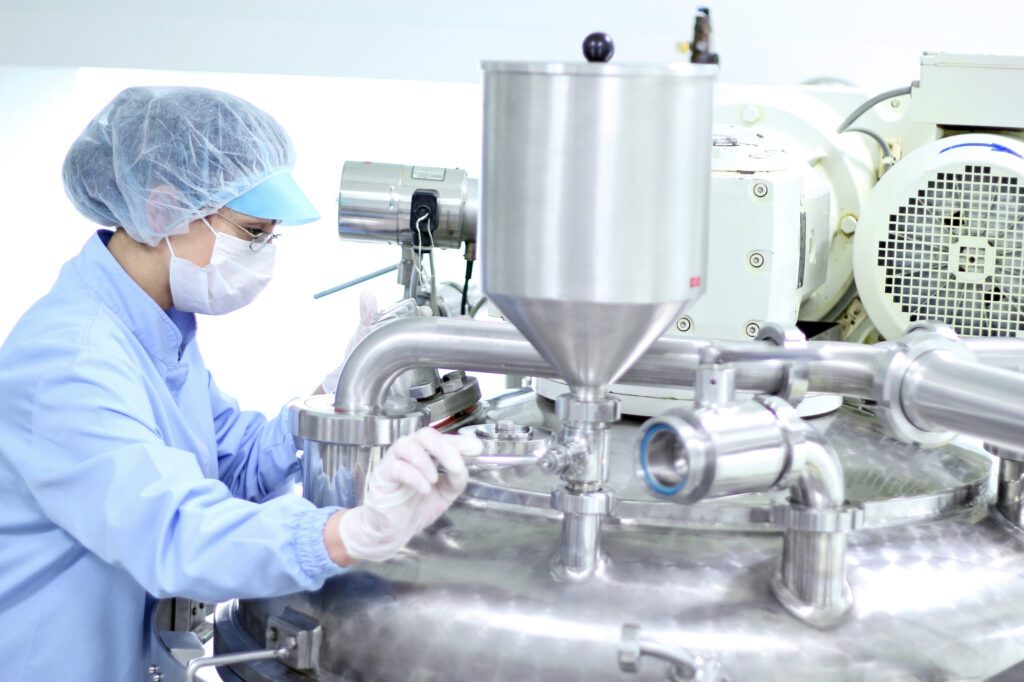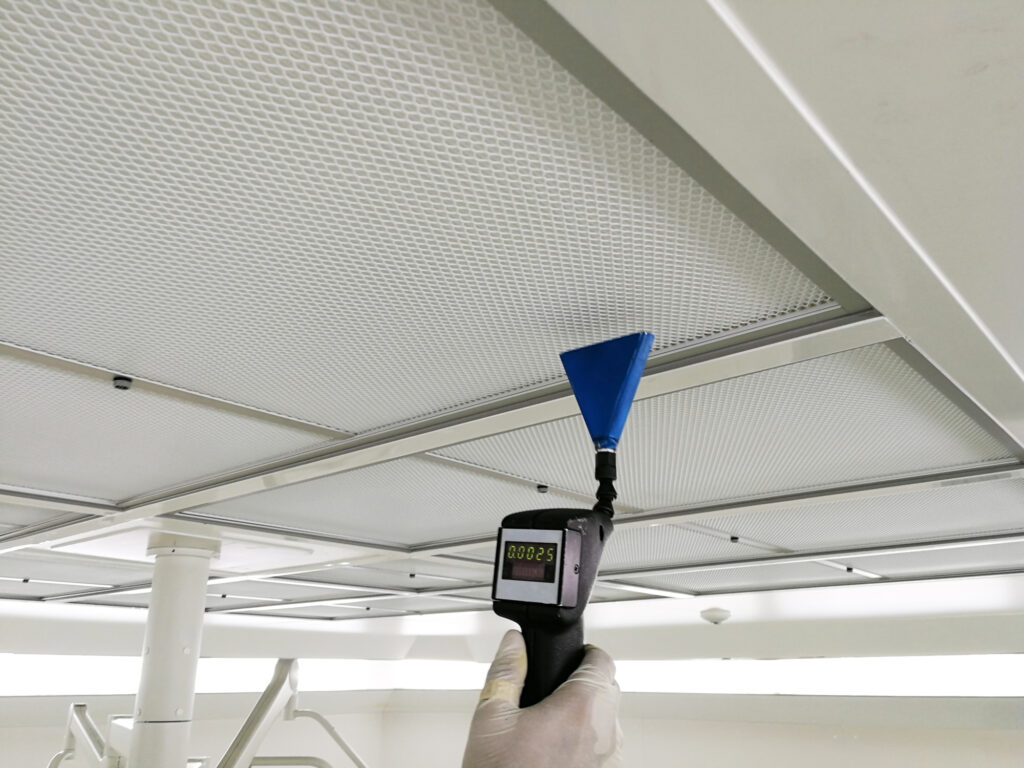Leadership in Energy and Environmental Design (LEED) accreditation and WELL Building Standard are two widely recognized rating and certification systems in Canada for sustainable and wellness-focused buildings. At Benjel, we offer an accreditation service for obtaining LEED certification. But what is it about?
What is LEED and WELL accreditation?
LEED or Leadership in Energy and Environmental Design is a rating and certification system set up to assess the environmental sustainability of buildings. It takes into account several aspects such as energy efficiency, the use of sustainable materials, water management, indoor air quality and innovation.
The WELL Building Standard is a certification system focused on the well-being of building occupants. It focuses on aspects such as air quality, lighting, nutrition, fitness, acoustic comfort and stress management. The WELL Building Standard aims to create indoor environments that promote occupant health, happiness and productivity.
How to obtain LEED certification?
In Canada, the organization responsible for certifying construction projects according to the LEED (Leadership in Energy and Environmental Design) standard is the Canada Green Building Council, also known by the acronym CaGBC. This organization plays a crucial role in promoting sustainability and energy efficiency in the country’s construction sector.
The certification process carried out by the CaGBC is based on a rigorous and methodical approach. The institution uses a detailed evaluation grid that takes into account different aspects of the design, construction and operation of buildings. This grid, based on LEED credits, evaluates a wide range of environmental and performance factors, such as energy efficiency, indoor air quality, water management, sustainable materials, innovation and other key areas.
To obtain LEED certification, construction project developers must submit complete documentation that demonstrates compliance with the specific requirements of each credit. The CaGBC then carries out careful reviews of this documentation to verify the quality and relevance of the measures implemented. CaGBC professionals can also conduct site visits to confirm that sustainable practices have been implemented in accordance with the declarations submitted.
Accreditation based on a points system
The LEED certification system is based on a rating system that evaluates the ecological performance of each construction project. This assessment results in the awarding of specific certification levels, which demonstrate the degree of commitment and compliance with sustainability and environmental standards. There are four main levels of LEED certification, each corresponding to a score expressed in points.
LEED Certified: at least 40 points
In reaching this first level, the project has adopted sustainable practices and measures that exceed basic standards for energy efficiency, use of sustainable materials and other environmental criteria.
LEED Silver: at least 50 points
This second level indicates a deeper commitment to environmental sustainability and efficiency. LEED Silver certified projects demonstrate a higher level of ecological performance compared to the Certified level.
LEED Gold: at least 60 points
When a construction project reaches this level, it demonstrates a substantial commitment to sustainability and reducing the environmental footprint. LEED Gold certified projects demonstrate excellent performance in several key areas.
LEED Platinum: at least 80 points
The highest level of LEED certification is the “LEED Platinum” level. Platinum certified projects are exceptional examples of sustainability and energy efficiency. They integrate innovative practices and technologies that have a significant impact on the environment and the well-being of occupants.
What criteria are needed to obtain points?
Choice of construction site
This first criterion aims to assess how the construction project affects the local natural environment. Points are awarded based on site selection, preservation of existing ecosystems, minimizing the impact on fauna and flora, and restoring the natural environment as much as possible.
Accessibility to public transport
This second encourages the reduction of the carbon footprint linked to the movements of the occupants. Points are awarded when the building is located near public transport, cycle paths and electric vehicle charging stations. The aim is to promote more sustainable modes of transport and reduce dependence on internal combustion vehicles.
The efficiency of water management
This point assesses how the project manages the water resource. Points are awarded for adopting water-saving technologies, reducing water wastage, collecting and using rainwater, and implementing water recycling systems worn.
Energy performance
This criterion highlights the energy efficiency of the building. Points are awarded based on the design and implementation of energy efficient heating, ventilation, air conditioning and lighting systems. Renewable energy, such as solar panels, can also contribute to earning points.
The choice of sustainable materials and waste recycling management
This criterion encourages the use of environmentally friendly materials and the reduction of construction waste. Points are awarded based on the selection of recycled materials, responsible waste management or the use of products with low emissions of volatile organic compounds.
The quality of life of the occupants
This penultimate criterion focuses on the comfort and well-being of the occupants. Points are awarded for designing buildings with good indoor air quality, adequate natural light, temperature and humidity control, and healthy and pleasant living spaces.
Innovation
Finally, this criterion encourages innovative approaches and advanced technologies that go beyond standard requirements. Points are awarded for incorporating creative ideas, emerging technologies and unique approaches that improve the overall sustainability and environmental impact of the building.







About The Author: Cedric Pharand
More posts by cedric Pharand